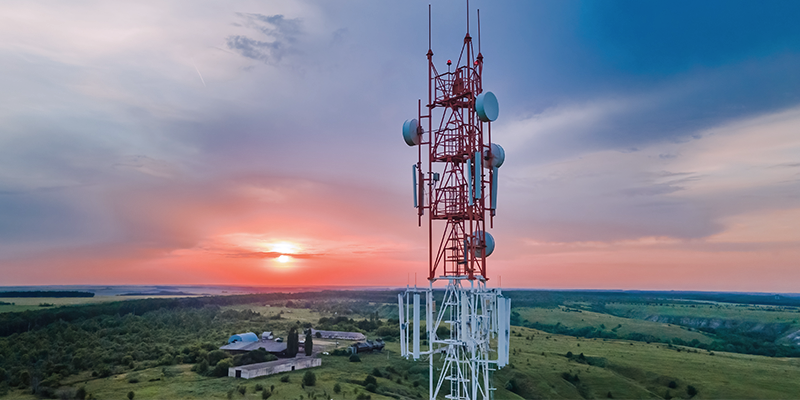
Fifth-generation wireless cellular technology (5G) is expected to redefine the concept of connectivity. Its outstanding capabilities promise to unlock the real potential of several technologies, particularly in the security sector. From the Internet of Things (IoT) to video surveillance, end users in multiple industries are in for a treat.
A vast transformation has occurred since 2G (wave 2). The changes are significant. 5G is connecting everything — people, objects, and devices — thanks to its higher capacity (1000 times more capacity than 4G), low latency, and exceptional connectivity. It is also about 100 times faster, with a reaction time of just one millisecond. Further, it can deliver data rates higher than the average cable or fiber broadband connection, as it uses 5G mmWave.
Applications
The applications of wave 5 in physical security are extremely valuable. Firstly, 5G will improve the access to critical information, which decreases response times and boosts situational awareness. In addition, it will provide consumers with the ability to transmit massive amounts of data, in real-time, resulting in better decisions made during an emergency.
Today, as video cameras are being primarily connected to the cloud, video surveillance will clearly benefit from 5G technology. Downloading and uploading data to the cloud will be faster, without any lag time. Viewing instantaneous live video footage will also be possible, facilitating an effective response of security teams during crises.
Moreover, with 5G, video surveillance won’t experience the frequent congestion of other wireless frequencies. This is a dangerous weakness that prevents security staff from connecting to cameras and makes them experience a lag in data retrieval. Risks can definitely be mitigated with a connection that works faster and at uninterrupted speeds, while offering crystal clear images, in virtually real-time.
Different industries can capitalize on this revolutionary opportunity. Manufacturing, education, public safety, and critical infrastructure, just to name a few, will be able to expand the use of IoT sensors and video cameras, with 5G, to enhance security, increase productivity, streamline processes and reduce costs.
5G also addresses the common concern of the lack of privacy of individuals when implementing video surveillance. As 5G supports the cloud and edge computing, including video analytics, it is easier to use features such as dynamically masking people in real-time, so only abnormal behavior, movement, or environment is identified.
Private 5G networks
Beyond the improvements in network performance, private 5G could bring extra reliability, protection, and control to the security arena. For instance, a custom-tailored 5G network can be used for sensitive visual and audio data, as it potentially delivers enhanced bandwidth, higher speed, priority access, isolation faculties, and less congestion.
The possibilities of 5G for businesses are endless. A faster network and greater connectivity, especially when integrated with advanced technologies like video surveillance, IoT, AI, and video analytics, can result in groundbreaking levels of security and performance.
